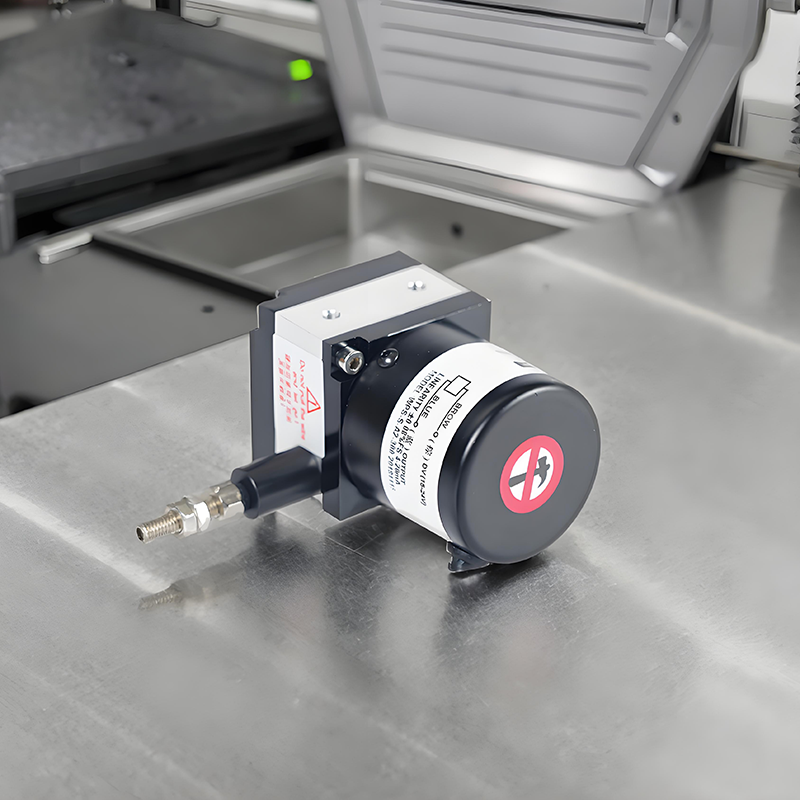
Understanding Draw Wire Sensors in Outdoor Environmental Applications Draw wire sensors have emerged as crucial measurement devices across various industrial applications, particularly in challenging outdoor environments. These robust position measur...
VIEW MORE
As industries in Europe continue to evolve, the demand for precision and efficiency drives the adoption of advanced technologies. Among these technologies, linear displacement sensors have gained significant traction. These sensors play a crucial rol...
VIEW MORE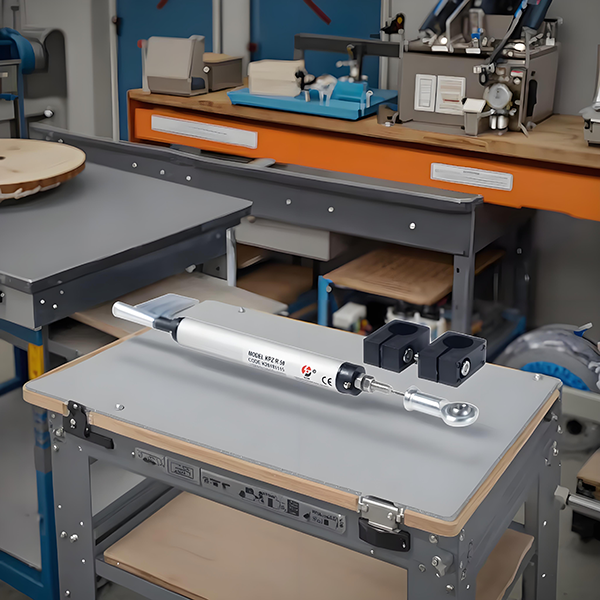
When it comes to measuring position, distance, or displacement, linear transducers play a crucial role in a variety of industries, from manufacturing to robotics. If you’ve ever wondered how these devices operate, you’re in the right plac...
VIEW MORE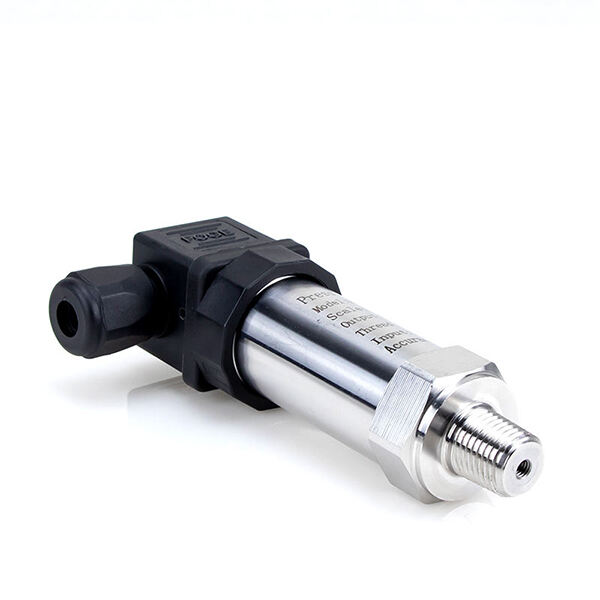
Understanding the Critical Role of Pressure Measurement Technology Pressure sensor devices have become indispensable tools across numerous industrial sectors, revolutionizing how businesses monitor, control, and optimize their operations. These ...
VIEW MORE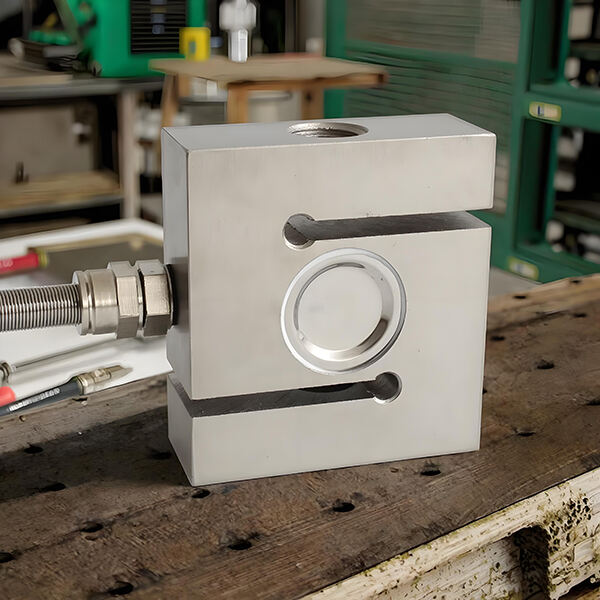
S Type load cells are vital components in various industrial applications, particularly for weighing and force measurement. Their unique design and functionality allow them to deliver accurate and reliable data, which is crucial in many sectors rangi...
VIEW MORE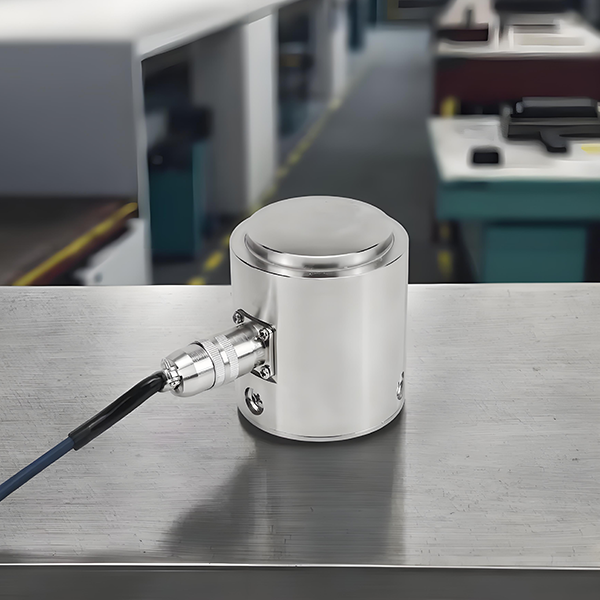
Column load cells are essential components in measuring force, weight, and load in various industrial settings. Their design and mechanics make them ideal for a wide range of applications. Let’s explore where column load cells can be effectivel...
VIEW MORE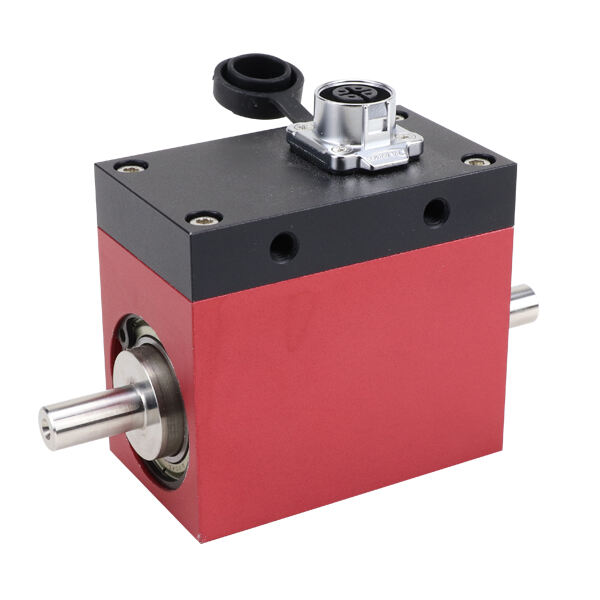
Mastering Precision Measurement Through Proper Sensor Calibration Achieving precise torque measurements is crucial across numerous industrial applications, from automotive manufacturing to aerospace engineering. The foundation of accurate torque meas...
VIEW MORE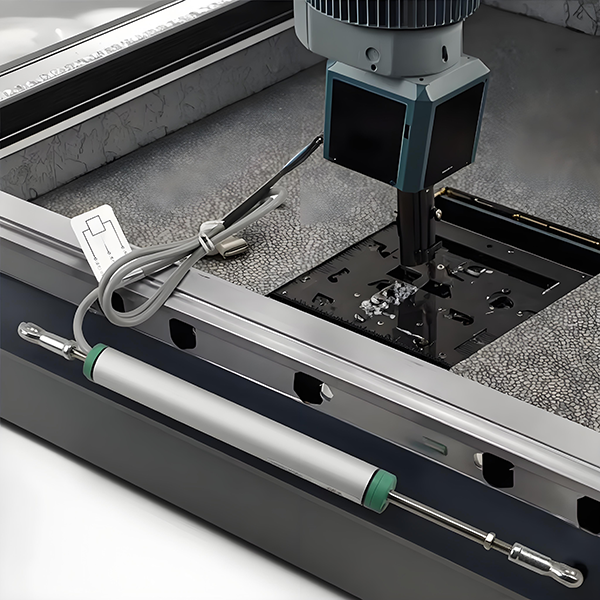
Linear position sensors are essential devices used in various industries to measure the displacement of an object along a straight path. But how exactly do they work? Let’s break it down simply. What is a Linear Position Sensor?A linear positio...
VIEW MORE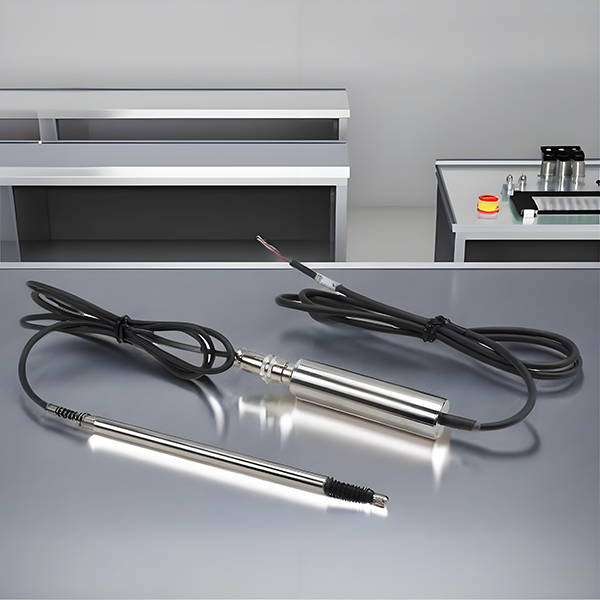
An LVDT (Linear Variable Differential Transformer) transducer is an electromechanical device that translates linear motion into an electrical signal. Widely used in industrial applications, it offers high precision and reliability. Here’s a qui...
VIEW MORE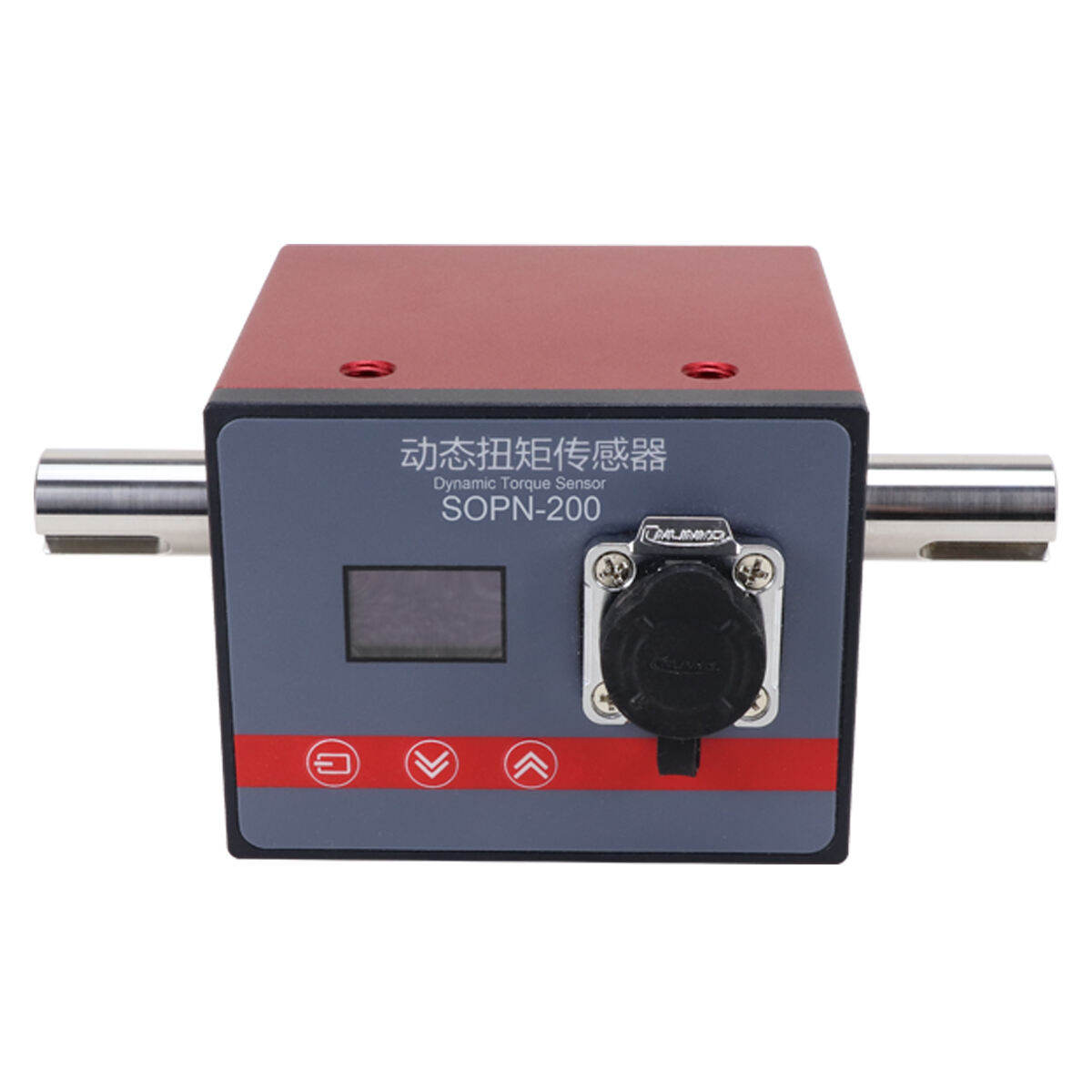
Understanding the Power of Rotary Torque Measurement Technology In the ever-evolving landscape of industrial automation and precision engineering, rotary torque sensors have emerged as critical components for measuring and monitoring rotati...
VIEW MORE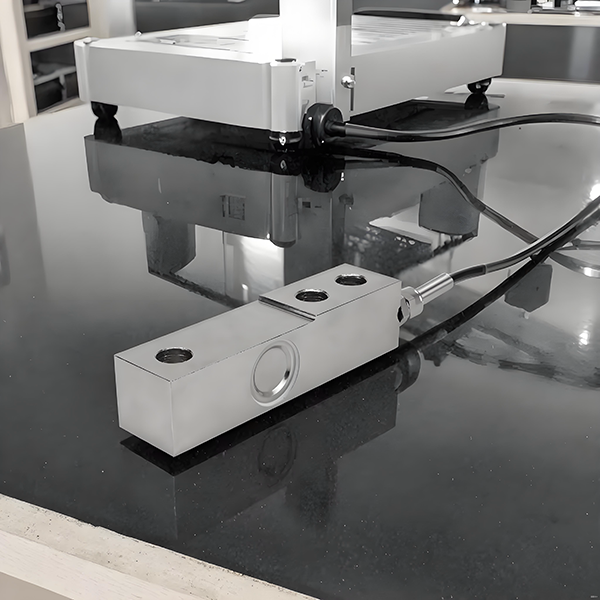
In the world of industrial weighing and measurement, shear beam load cells are widely recognized for their precision and reliability. These devices are crucial in applications ranging from manufacturing to logistics. Below, we explore the key advanta...
VIEW MORE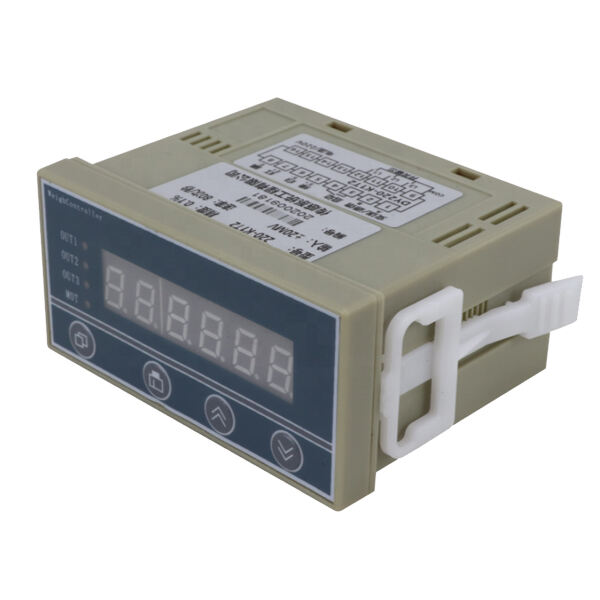
Understanding the Impact of Load Cell Indicators on Measurement Accuracy In the rapidly evolving world of industrial measurement and weighing technology, load cell indicators have emerged as crucial components for enhancing data precision. ...
VIEW MORE